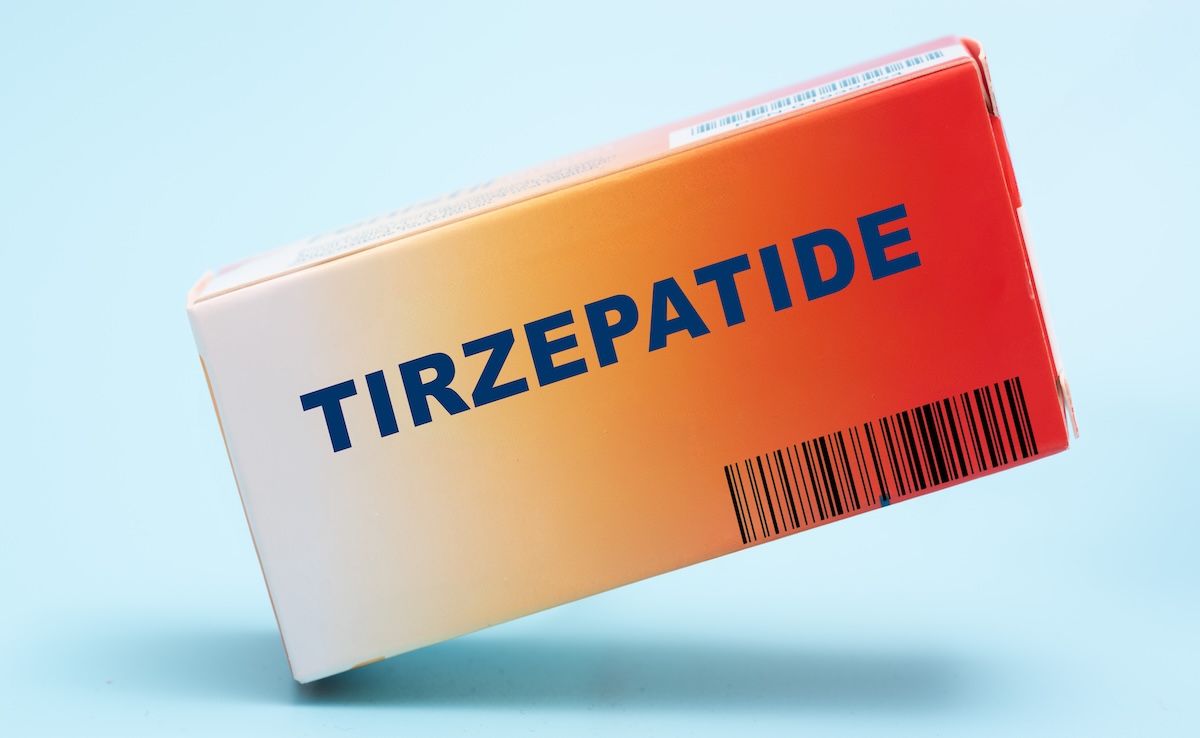Video
Dr Robert Sidbury on Promoting Therapeutic Adherence in Pediatric Atopic Dermatitis
Author(s):
Robert Sidbury, MD, MPH, Chief, Division of Dermatology, Seattle Children's Hospital, speaks on strategies that clinicians can employ to promote adherence of topical and oral medications in pediatric patients with atopic dermatitis.
Adherence of topical and oral drugs for the treatment of atopic dermatitis (AD) in children can be difficult, but there are several strategies that can promote uptake, said Robert Sidbury, MD, MPH, Chief, Division of Dermatology, Seattle Children's Hospital.
Transcript
What strategies can promote therapeutic adherence in pediatric patients with AD?
It's hard, right? So, with younger kids or really anyone, first and foremost, topical therapy is foundational for the care of eczema. We've got all these new medications, but one of the things I'll see for instance with some of the kids who've had eczema all their lives, in my experience so far, it's just been to dupilumab, they finally go on dupilumab and they’re so much better, and they're just so sick of doing topical stuff so they stop.
That's not the recommendation, we tell still want them to moisturize, but many do, and I totally get why they do. Then, oftentimes, you may see them start to get a little bit of recurrence or persistence of involvement and they may not if they just continued to moisturize. So, partly, kids get incentivized themselves, because they see how much better they do when they do moisturize.
With the younger kids, when I'm trying to get them to buy into the program of what they're doing, I will sort of describe how when any of us get into a bathtub, shower, or swimming pool and our fingertips wrinkle after 5-10 minutes—I say use that as a timer. If you're in the bath long enough for your fingertips to wrinkle, your whole body has absorbed moisture, other than above the neck when you aren't in the bath, perhaps, and that's a timer, your skin is saturated. Get out, pat dry. Before those fingertips unwrinkle, get your moisturizer on the good areas and the medicine on the bad areas before they unwrinkle.
That's going to keep all of that moisture, all of that hydration in the skin and not let it evaporate and actually cause drying, if you let that happen. So called soak and smear. And that's how, number one, bathing and moisturizing can be more effective, and number 2, you can sort of optimize adherence with kids to kind of almost turn it into a game where they use their fingertips as this this sort of timer, both the during the bath for the length of it and then after the bath for the application of the medication. So, [these are] little tricks you can play.
With oral medications, any oral medication, I try to get older kids to time it with something they do every day. If it's a medication we'd like them to take with food well then always pair it with breakfast or dinner or something that they won't forget. If it's a medication they do relatively close to bedtime, we'll put it right next to their toothbrush which hopefully they're doing every night.
So, things like that, just little ways to sort of link it to things and make it habitual, rather than something that they have to remember anew each night, which is hard to do.





